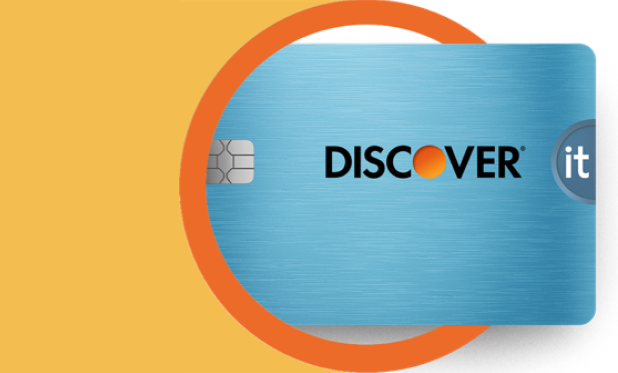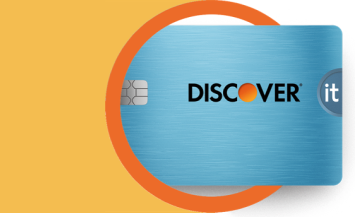Creditors may send an account to collections if it’s overdue. The account may go to an in-house collections agency or a third-party agency. Either way, collections can seriously impact your credit and may affect your ability to secure loans or credit cards in the future. Learning how collections impact your credit and how to remove collections from a credit report may be beneficial to your financial health and help you fix errors that may damage your credit.

How to Remove Collection Accounts from Your Credit Report
5 min read
Last Updated: May 30, 2025
Next steps

See if you're pre-approved

View all Discover credit cards
See rates, rewards and other info
You may also be interested in
Was this article helpful?
Was this article helpful?




